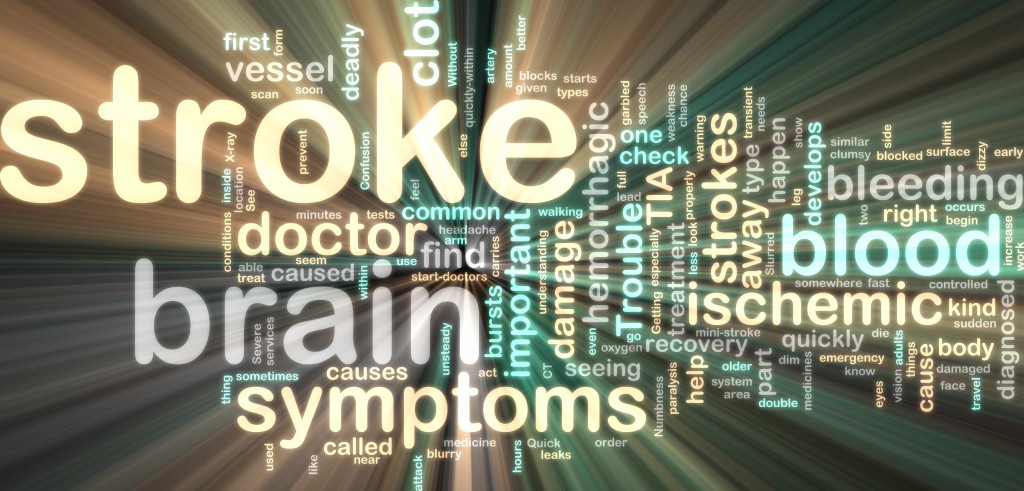-
Mayo Clinic Q and A: TIA increases risk for having a stroke in the future

DEAR MAYO CLINIC: What is a “mini-stroke” and how does it differ from the stroke we typically hear about? My mother recently had a mini-stroke, but her symptoms went away. Now she seems fine. Is she at greater risk of having another stroke?
ANSWER: The condition you’re describing is called a transient ischemic attack, or TIA. Symptoms of TIA come and go and, as in your mother’s case, they don’t cause any lasting problems. But a TIA should not be ignored because it significantly increases the risk for having a stroke in the future.
There are two main kinds of stroke: ischemic and hemorrhagic. Hemorrhagic strokes happen when there is bleeding into the brain tissue. They are much less common than ischemic strokes. Ischemic strokes happen when a blocked artery cuts off the blood supply to the brain. This type of stroke accounts for about 85 percent of all strokes.
With TIA, blood flow to the brain is cut off due to a clot or other blockage in an artery. The body can sometimes break down the clot, and blood starts flowing to the brain again. That means people who have TIA typically have the same symptoms that happen with an ischemic stroke, but those symptoms go away within a short amount of time. Most TIAs last only a few minutes, although sometimes TIA symptoms may continue for an hour or more before they fade.
Symptoms of ischemic strokes and TIAs include sudden weakness in the face, arm or leg; sudden face, arm or leg numbness; sudden difficulty speaking or understanding others, or sudden difficulty seeing or walking.
It is critically important that these symptoms never be ignored. They require emergency medical care immediately. That’s true even if they go away, as in a TIA. If these symptoms lead to a full stroke, treatment is available that sometimes can prevent long-term problems if given right away. If the symptoms disappear on their own, then doctors have ways of reducing the risk of a stroke in the future.
For a person who has had a TIA or ischemic stroke, testing can be performed to help identify why the blockage in the artery occurred. There are many potential causes of TIA or ischemic stroke. A small clot may form in the heart, break free and travel to a brain artery where it gets stuck. A buildup of cholesterol-containing fatty deposits in the arteries, called a plaque, may lead to a narrowing in the artery, and a clot may then form at the narrowing, break free, and cut off the blood supply to the brain. An abnormality in the blood may result in excess clotting that leads to a blockage in an artery.
Once the underlying cause of a TIA or ischemic stroke is found, doctors can determine the best strategy to prevent a future stroke from occurring. In some cases, treatment may involve taking medications — such as aspirin, warfarin or another blood thinner — that make it less likely clots will form. In other situations, a procedure such as angioplasty may be used to open a clogged artery, or surgery may be necessary to clear fatty deposits from arteries that lead to the brain.
This evaluation and treatment is vital for preventing another stroke in the future. Making certain lifestyle changes can help, too. For example, controlling high cholesterol, high blood pressure and diabetes can reduce the risk of stroke. Not smoking, staying at a healthy weight, drinking alcohol only in moderation or not at all, and exercising regularly also make a difference.
Given her history of TIA, it is important for your mother to review stroke symptoms and her risk factors with her health care provider, so that any necessary testing can be performed. After that, they can discuss the best stroke prevention strategies for her situation. — Robert D. Brown, Jr., M.D., Neurology, Mayo Clinic, Rochester, Minn.







